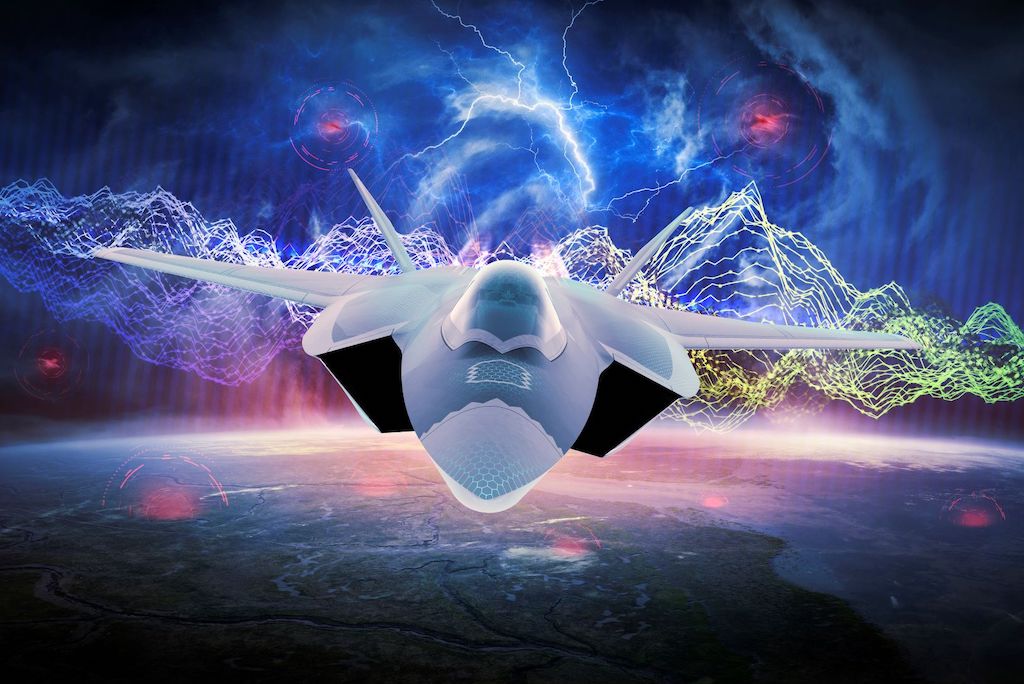Japan’s ruling coalition reached an agreement on March 15 to ease the nation’s stringent regulations on defense equipment transfers, paving the way for the export of next-generation fighter jets developed jointly with Britain and Italy.
The move is set to significantly impact the multinational Global Combat Aircraft Programme (GCAP), facilitating smoother international collaboration in defense technology. The GCAP represents Japan’s first collaboration with countries other than the United States to fulfill a significant defense requirement.
Following months of negotiations, Japan’s ruling bloc consented to ease restrictions, provided exports of the new aircraft were restricted to nations with existing defense equipment and technology transfer agreements with Japan.
More, countries directly involved in conflicts would be excluded from potential export destinations, which will ensure that the technology does not contribute to ongoing hostilities.
Kisaburo Tokai and Yosuke Takagi, policy chiefs of the Liberal Democratic Party and its junior coalition partner, the Komeito party, informed reporters that they acknowledged and agreed on “the necessity” to allow the export of fighter jets during a meeting.
This consensus underscores the strategic importance attached to advancing Japan’s defense capabilities and fostering international partnerships.
Under the new arrangement, the Cabinet will have the authority to relax stringent regulations and evaluate export requests on a case-by-case basis, following internal deliberations within the ruling coalition.
Additionally, a panel comprising nine ministers will reference each approved export in the country’s defense export guidelines, ensuring transparency and accountability in the process.
According to Kyodo news, Prime Minister Fumio Kishida’s Cabinet is poised to amend the implementation guidelines of the “three principles on transfer of defense equipment and technology” policy later this month, on March 26.
Current regulations prevent jointly developed defense products from being exported to countries other than development partners. This has led the ruling coalition to limit such exports, at least temporarily, to the upcoming supersonic jet.
By relaxing these restrictions, Japan aims to optimize resource allocation for defense projects while enhancing its credibility as a reliable defense partner on the global stage.
The Liberal Democratic Party has advocated expanding Japan’s domestic defense industry to enable it to become a “normal” exporter of defense technology. However, the Komeito party’s stance has effectively delayed any decision on the matter since November last year, despite government efforts to finalize a deal by the end of last month.
How Japan Plans To Export Its Fighter Jet?
The coalition’s agreement on fighter jet exports may seem somewhat procedural for the ruling bloc, given that Tokyo had already finalized a deal with Britain and Italy to develop and operate the stealthy fighter jet by 2035 in December 2022.
Although the resulting deal falls short of the Liberal Democratic Party’s initial push for broader changes to export rules, it still represents a significant step forward. It could potentially pave the way for more expansive changes to the guidelines as Tokyo gradually sheds some of its post-war constraints on military and defense policy.
Prime Minister Kishida has stated that fighter jet exports will be limited to nations that have signed a pact with Japan on defense equipment and technology transfers, with each export case requiring separate Cabinet approval.
Currently, Japan has such a defense agreement with 15 countries. This includes Australia, Britain, France, Germany, India, Indonesia, Italy, Malaysia, the Philippines, Singapore, Sweden, Thailand, the United Arab Emirates, the United States, and Vietnam. This means that only these nations meet the criteria for fighter jet exports.
Some of these nations are unlikely to acquire from Japan, like the US, which is already working in NGAD; the UK & Italy (co-developers of aircraft), and France & Germany (working on another next-gen aircraft).
This mainly leaves India, UAE and ASEAN nations – Indonesia, Malaysia, Philippines, Singapore, Thailand, and Vietnam as potential export destinations
However, the newly revised export guidelines could undergo further changes in the future, particularly if the regional security situation around Japan deteriorates further. The aircraft, however, is not expected to become operational for another 11 years.

Since lifting its arms embargo policy in 2014, Japan has gradually opened up for arms exports under certain conditions, symbolizing a shift from its long-standing pacifist stance under the war-renouncing Constitution.
For instance, reports suggest that the Japanese government is considering exporting naval ship communication antennas to India. The NORA-50 antenna, nicknamed “UNICORN,” was jointly developed by a group of Japanese companies.
If the deal materializes, it would mark only the second time that Japan has exported defense equipment since lifting the ban in 2014, following the export of radar systems to the Philippines last year.
This potential antenna deal would not only expand Japan-India security relations into defense equipment but also likely strengthen deterrence efforts in the Indo-Pacific region.
- Contact the author at ashishmichel(at)gmail.com
- Follow EurAsian Times on Google News